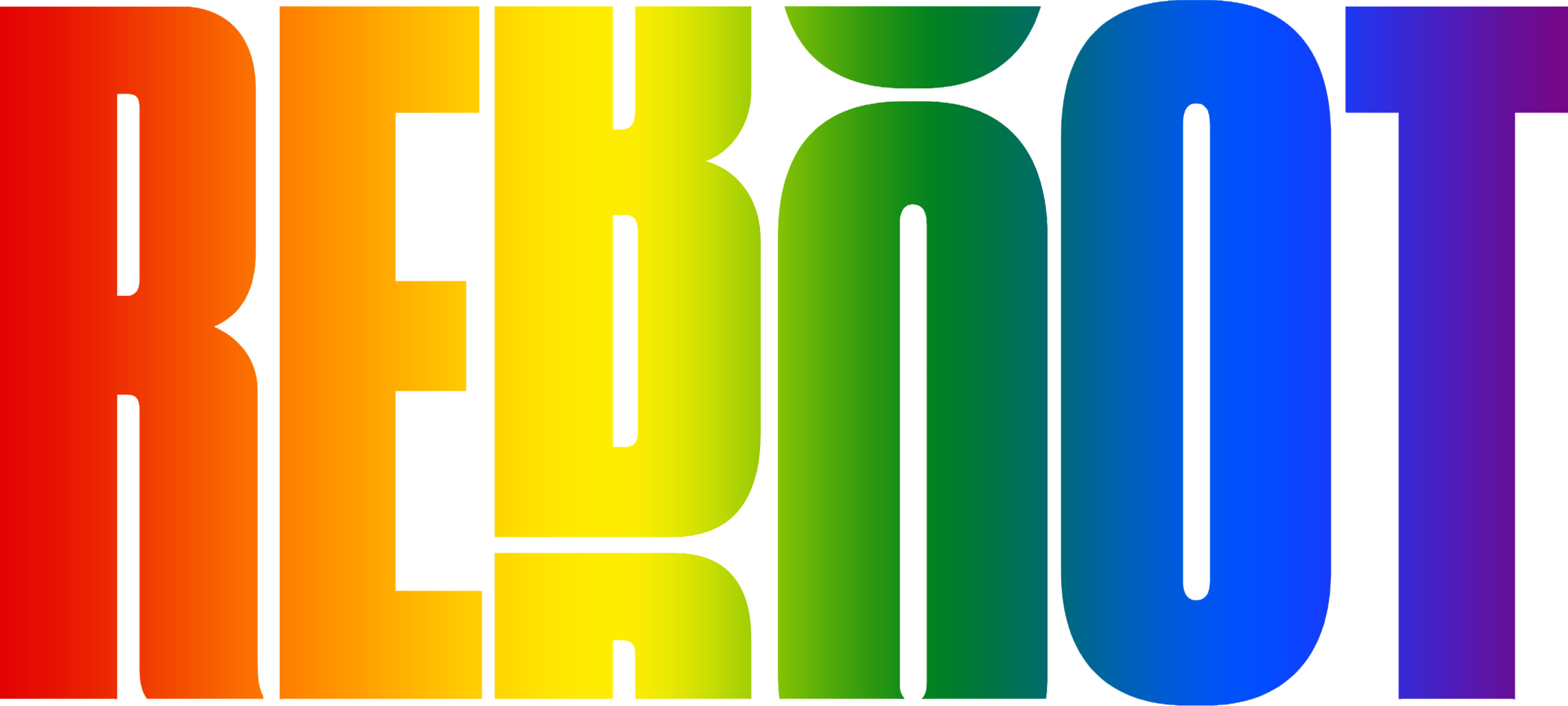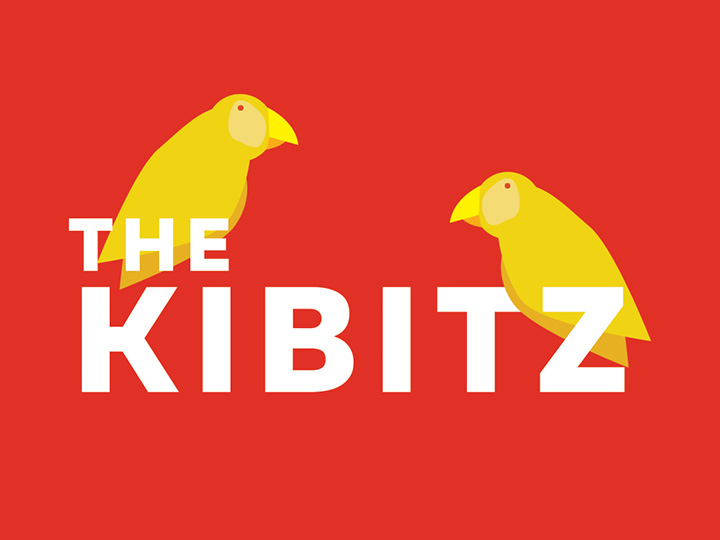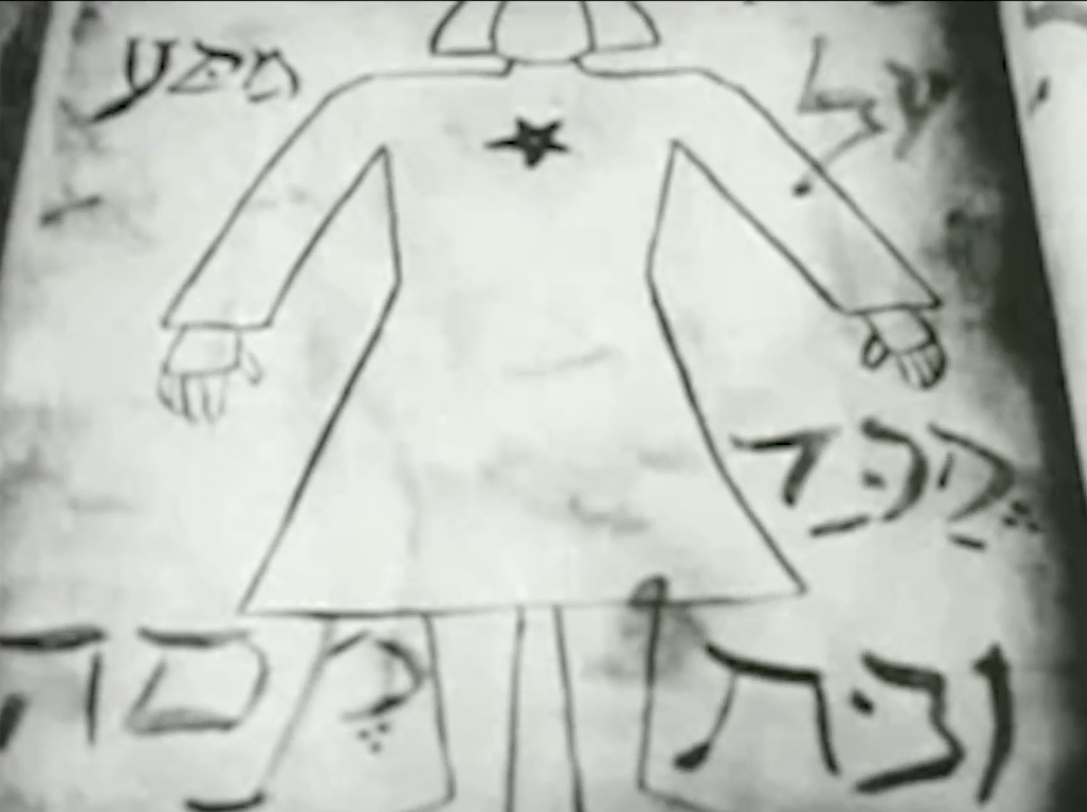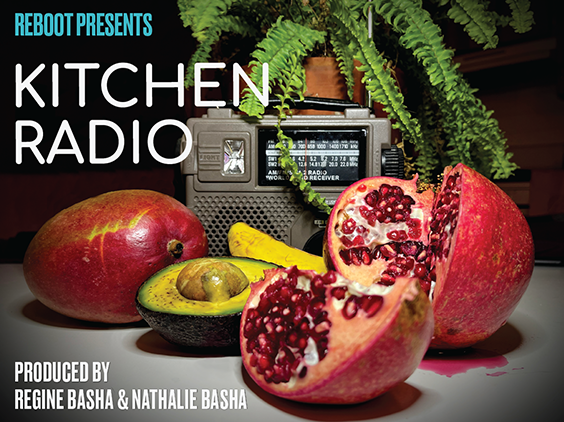God on Psychedelics
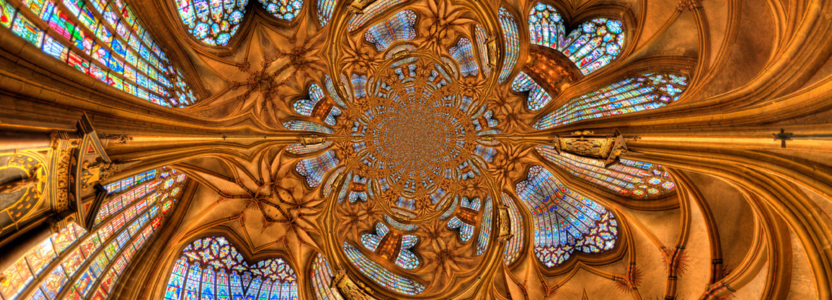
Fairly early in my career as a religion reporter for daily newspapers in San Francisco, I noticed something surprising – Jews were significantly over-represented among the legions of spiritual seekers who turned to Buddhism and Hinduism in the last half of the twentieth century.
In more recent years, I’ve been reporting and writing about the burgeoning “psychedelic renaissance,” and have noted a similar trend among those seeking psychological healing and spiritual insight through the use of psychoactive drugs and sacred plant medicines.
In researching my new book, God on Psychedelics – Tripping Across the Rubble of Old-time Religion, I found that Jewish-born psychonauts are, in many ways, leading the charge. This includes Tony Hoeber, a psychedelic therapist and medicine chaplain in Marin County who was raised by a German Jewish father, a “cantankerous atheist” who “wanted to escape the ghetto and being defined by religion.” Hoeber, on the other hand, has spent his life as a serious student of Buddhism, Sufism and psychedelic-assisted therapy.
“In religion, eclecticism has a bad reputation because it’s seen as superficial. But if you do it seriously over many years, then you integrate all these things in your own way. I see it as a creative process,” he said.
As psychedelic-assisted therapy and spirituality enters the mainstream, some Jewish leaders are questioning the mix-and-match theology one finds among many of today’s psychonauts.
Psychedelic researcher Rick Strassman was raised Jewish and became a serious student of Zen Buddhism. In recent years, Strassman has pushed back against the eclectic spiritual mysticism one finds in much of today’s psychedelic movement.
“Any attempt to argue that Judaism’s essential spiritual experience is mystical-unitive is an attempt to neutralize the distinguishing characteristic teachings of Judaism. Those teachings are the existence of one God, the Golden Rule, and the role of the Jewish people in history,” he said.
“This does not mean that Jews cannot trip, nor engage with the larger psychedelic community. However, it does mean that to remain true to their religion, Jews need to recognize that their religion stands outside of the “psychedelic religion of mystical consciousness.”
Rabbi Zac Kamenetz, who formed Shefa, an organization dedicated to Jewish psychedelic support, said however, that his assumptions about consciousness, reality and the nature of his soul are determined by his Orthodox Judaism.
His work seeks to help answer how we can “authentically bridge our religious traditions and psychedelic states to mutually inform, enrich and re-enchant spiritual life.”
Rabbi Art Green, who experimented with LSD back in the 1960s and went on to establish a countercultural Jewish community in the Boston area that sought to renew and revive this ancient faith, believes that the cautious use of psychedelics can open one up to the same higher states of consciousness that are described by Jewish mystics and those of other faiths.
“There is a chemical component to what we call mystical experience. If that happens in the brain with psychedelics, I don’t see anything inauthentic about that,” Green told me in a Zoom interview from Jerusalem.
“The problem is that if someone has that experience after twenty years of meditation, there’s a certain gravitas to that experience. If you pop a pill and have that experience you don’t understand what happened or have that gravitas. You don’t have the tools to approach it, to integrate it into your life.”
Jews, of course, have been writing about – and experiencing altered states of consciousness for millennia. There’s the Zohar, the thirteenth-century classic of medieval Kabbalah, along with the eighteenth century Eastern Europe mystical teachings of Hasidic rabbis.
Jewish mysticism begins with a mind-blowing book purportedly written by the Prophet Ezekiel between the years 593-571 B.C.E., when the Jews were living in exile in Babylon. “Then I looked, and behold, a whirlwind was coming out of the north, a great cloud with raging fire engulfing itself, and a brightness was all around it and radiating out of its midst like the color of amber,” the prophet reports. Ezekiel goes on to describe visions of a creature with four wings and four faces, each face half man and half beast. Alongside this fantastical creature was a wheel with rims that “were so high they were awesome, and the rims were full of eyes…”
Yes, it reads a bit like a trip report from the Haight-Ashbury, circa 1967.
Today, many Jews are rediscovering this mystical tradition – including some inspired by magic mushrooms, LSD or some other psychedelic brew.
Don Lattin is the author of seven books, including The Harvard Psychedelic and, most recently, “ God on Psychedelics — Tripping Across the Rubble of Old-time Religion.”
